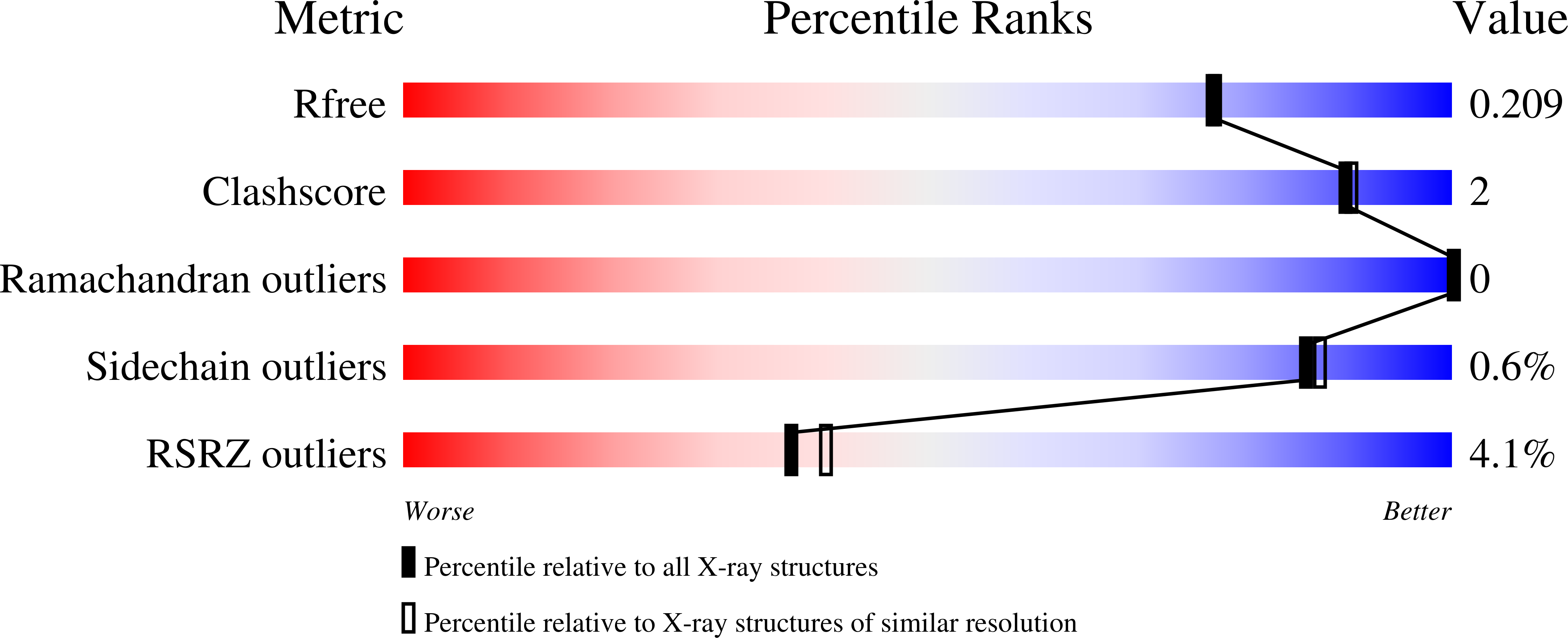
Deposition Date
2022-08-04
Release Date
2023-07-12
Last Version Date
2023-10-25
Entry Detail
PDB ID:
8DYL
Keywords:
Title:
Crystal structure of human methylmalonyl-CoA mutase bound to aquocobalamin
Biological Source:
Source Organism:
Homo sapiens (Taxon ID: 9606)
Host Organism:
Method Details:
Experimental Method:
Resolution:
1.90 Å
R-Value Free:
0.20
R-Value Work:
0.17
R-Value Observed:
0.17
Space Group:
C 2 2 21


